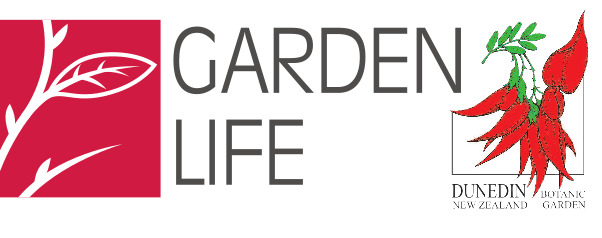
Conifers go in and out of fashion and many specialist nurseries have stopped producing them which reinforces the importance of growing and preserving them. The first shrubs were planted in 2001 with an extension to the collection 10 years later. It now consists of about 24 genera with 124 different species and cultivars.
However, the plants are starting to outgrow their allocated space. This can be controlled by reducing the number of plants in a group, repropagating and pruning.
Generally, regular light pruning is best for conifers as most do not grow back from bare wood, exceptions including Taxus, some Juniperus, Sequoia and some Podocarpus.
If you are unsure if a conifer can be cut back hard, look into the centre of the plant — if there is new growth sprouting from bare wood then it is probably OK.
Conifer pruning may be done at any time, but is best done in late winter so that spring growth (which is often a different colour to the mature foliage) soon appears making the plants look fresh and new. We teach our apprentices the art of conifer pruning and last year this included a hard cut-back on a Sequoia sempervirens ‘Adpressa'.
This has regrown superbly so we will cut back the remaining three so they too will look healthy and revitalised.
Robyn Abernethy is the collection curator for rock, water and alpine at the Dunedin Botanic Garden.












